2022 Aluminum Casting Conference Agenda
Session Chair:
Herb Doty
General Motors, Pontiac, MI
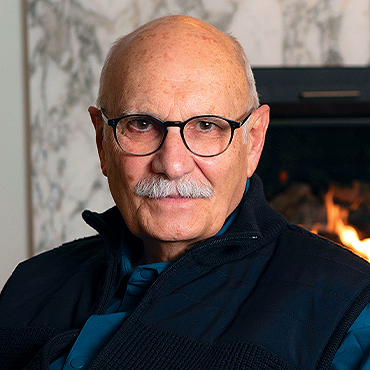
Diran Apelian
Distinguished Professor of Materials Science, Director of ACRC, University of California, Irvine
It is quite clear that in the 21st century we will need to reinvigorate our efforts to lightweight our infrastructures, reduce carbon footprint during manufacturing, reduce production waste, and recover post-consumer waste and upcycle. if the 20th century was the century for steel, the 21st century is certainly that of Al and lightweight materials. In this specialty Al conference, megatrends in Al are reviewed and highlighted covering transportation, housing and architecture, home furnishings, electronics and appliances, batteries, and fuel cells, and including medical applications. Megatrends in the Al industry from the perspective of societal needs (some known, and others anticipated) will be reviewed. Specifically, emerging areas in net shape manufacturing, alloy development, formability, recovery and reuse and policy implications, and the influence of data science and blockchain in manufacturing processes will be reviewed and discussed.
Thomas Boone
General Motors, Ann Arbor, MI
General Motors Global Purchasing requires all Tiered casting suppliers to have Full Compliance with the AIAG CQI-27 Casting System Assessment. This PowerPoint presentation reviews how the CQI-27 mandate evolved from the General Motors Casting Process Statement of Requirements. It is not necessary to have Full Compliance in order to Quote. However, the Quote must include Full Compliance in the Piece Price and Tooling. Full Compliance must be implemented before PPAP. Examples of Aluminum requirements from CQI-27 will be reviewed.
Session Chair:
Herb Doty
General Motors, Pontiac, MI

Rafael Gallo
Pyrotek Inc., North Royalton, OH
The metallurgical integrity of a casting microstructure depends on several, often interrelated, melting and casting factors that must be controlled during the casting process. The cleanliness of the melt could be considered the most difficult attribute to control. Molten cleanliness is an integrated sequential process in which every step of the process contributes to reducing chemical impurities, hydrogen gas, and inclusions in the molten metal before it is delivered to the mold. It requires significant understanding of the metallurgical process, discipline in executing operational procedures, and attention to detail regarding processes outcomes. Ensuring sufficient molten cleanliness for a quality casting application requires assessments with off-line and on-line technologies. With their present-day advancements and limitations, they can deliver information and data for understanding, setting, and auditing the quality condition of the molten metal. The objective of this presentation is to review how to achieve the highest molten cleanliness levels in aluminum foundries while focusing on a practical approach to day-to-day practices on the foundry floor.
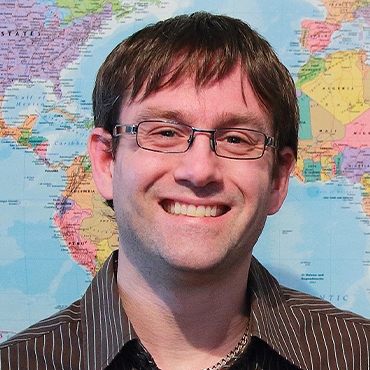
Yohan Tremblay
François Audet, and Salim Khan, R&D, Foundry Solutions Metallurgical Services Inc., Magog, QC, Canada
Foundries can take different samples of the aluminum melt before and during the casting process to measure melt properties: RPT, chemistry, temperature, hydrogen, inclusions, oxides and thermal analysis. The thermal analysis sample provides information on the solidification properties of the melt within 7 minutes on the shop floor. This is different from chemical properties. Recent advances in thermocouple signal processing allow automatic cooling curve analysis to provide more than the well-known grain refinement and eutectic modification potentials. Using a variant of the Newtonian approach, phases forming during solidification of the sample are measured as an energy % over the total energy absorbed or released. For aerospace casting applications, for example, this means that the presence of the Mg2Si or Al-Cu phases can be understood in order to adapt the melt treatment for a specific foundry, as well as the heat treatment temperature cycles. The goal is to reach higher, more consistent mechanical properties with solid aluminum according to aerospace specs like AMS-A-21180. In another case, measuring the solidification properties of aluminum A201.0 to exceed AMS-A-21180 Cl10 casting requirements allowed the melt treatment and heat treatment to be adapted for each batch and use a higher re-melt/new-ingot recycling ratio. Moreover, the fraction solid curve from thermal analysis can be used for casting filling and solidification simulation inputs. Filling the molds with the same melt quality using counter-gravity and gravity systems helps understand non-conformities; if the melt properties are the same, what else might be the cause of casting defects? The metallurgical engineer has an easier time when he can measure the melt he needs to control.
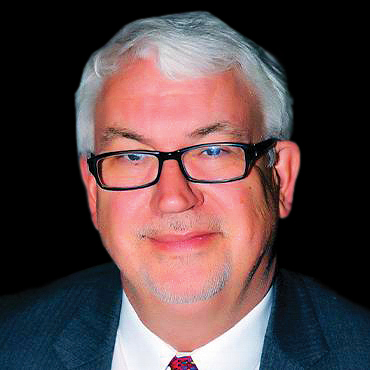
Dave Weiss
Eck Industries Inc., Manitowoc, WI
Of the hundreds of aluminum alloy variations developed every year, very few see even limited commercial applications. The hurdles to commercialization are many at both foundries and their customers. This presentation looks at four aluminum alloys: 206, low silicon 357, Al-Ce alloys, and aluminum-based composites and explores the techno-economic factors that need to be addressed for there to be success in the foundry and acceptance by the customer. All these alloys can be cast with standard foundry practices, if implemented rigorously. Customer acceptance provide a new set of challenges. Suggestions for overcoming those challenges will be discussed.
Session Chair:
Luke Schimmel
Fairbanks Morse Engine, Beloit, WI

Panelists:
Tony Lindert
Oshkosh Corporation, Oshkosh, WI
Thomas Boone
General Motors, Pontiac, MI
Russ Cochran
Boeing Company, St. Louis, MO
With global advances in technology and an increasingly agile world, competitive pressure is now both local and global. It is now easier to incubate strategic partnerships due to the advent of the remote workspace refined during the recent COVID 19 pandemic. These variables and many others have changed the way purchasers’ partner with foundries and what they are looking for in quality, price, lead time, and additional services. Developing the future of your foundry starts with knowing what your current and future customers needs are and how to best fulfill those needs.
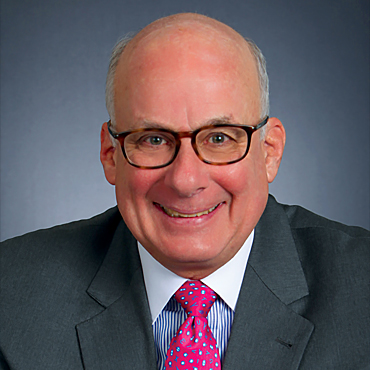
Dennis Unkovic
Meyer, Unkovic & Scott LLP, Pittsburgh, PA
The global supply chain is fracturing, and it will never be “normal” again. The real reasons causing this radical shift and what to expect in the future are the focus of this presentation. The speaker -- Dennis Unkovic – is the author of Transforming the Global Supply Chain –Cyber Warfare, Technology & Politics (October, 2021).
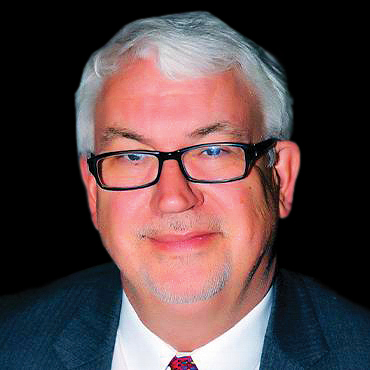
Session Chair:
Dave Weiss
Eck Industries, Inc., Manitowoc, WI
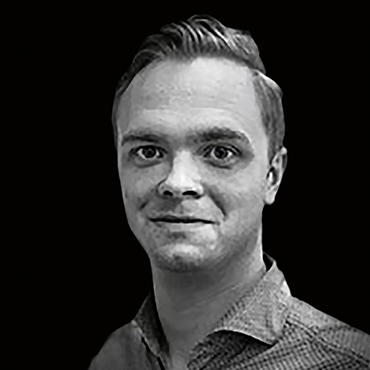
Diran Apelian, Carl Soderhjelm, and Cheolmin Ahn
ACRC, University of California, Irvine, CA
Sean Roorda
ATEK Corp., New Hampton, IA
Heat removal is the key controlling variable during solidification; the thermal property of the mold is pivotal. For batch processes, such as in sand casting, heat removal is controlled by removing the heat in designated locations using inserted chills. In cyclic processes we face a paradox: we need to remove the heat from the melt at a rapid rate to ensure solidification, but we also need to have the die to be heated for the next cycle. tooling is the limiting step in enabling us to control the solidification process. We have investigated thermal management in both permanent mold and die casting processes. In this presentation the principles of thermal management will be reviewed followed by specific design approaches and novel technologies to control heat removal during the solidification process.
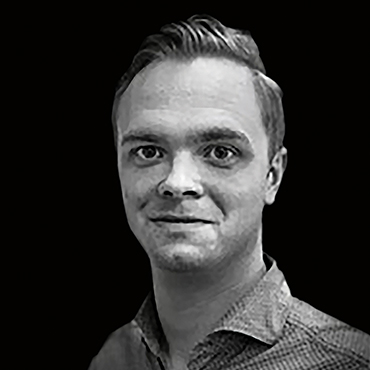
Diran Apelian and Carl Soderhjelm
ACRC, University of California, Irvine, CA
Conformal cooling of permanent molds has been utilized for over a decade in the injection molding and high pressure die casting industry. Greater availability, more material choices, and drop in prices of metal additive manufactured components enables industry wide adaptation. The nature of many additive manufacturing processes allows for almost complete design freedom in terms of cooling line size, shape, and placement. This presents major opportunities for controlling the heat extraction rate and direction from the casting in locations previously not possible. However, steep temperature gradients generated by the cooling lines causes large thermal stresses to build up which can reduce lifetime. Additionally, inherent features created during the additive process such as surface roughness and spatial resolution introduces further design restrictions. Design and manufacturing opportunities and challenges of conformal cooling of permanent molds for casting applications will be discussed.
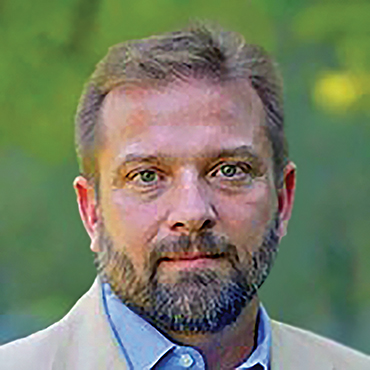
Mike Lawry
The Hill & Griffith Co., Cincinnati, OH
Presentation will provide a better understanding of what goes in to developing a coating and how the casting operation can increase casting efficiency.
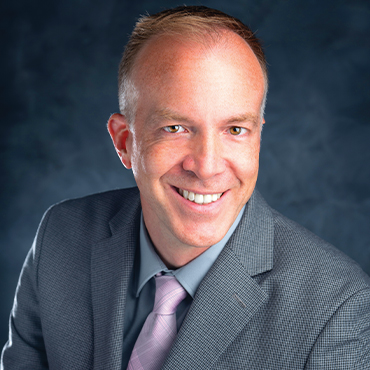
Session Chair:
Adam Kopper
Brunswick Corp., Fond du Lac, WI

Dr. Sam Ramrattan
Western Michigan University, Kalamazoo, MI
Chemically bonded sand systems have been used to manufacture complex near-net-shape aluminum castings for more than sixty years. The foundries still depend on traditional chemically bonded sand tests, such as the hot or cold tensile strength test, which suffer from excessive levels of variability that makes them insensitive to sand-binder system shifts. The inability of foundries to effectively monitor the quality of incoming sand-binder systems results in high variability and scrap/rejection rates. Recent research has shown that disc-shaped specimen tests can detect wide range of differences in sand-binder systems. A qualification methodology for chemically bonded sand systems is proposed, that focuses on combining casting quality to statistical process control for chemically bonded sand-binder systems. An implementation of the qualification methodology is presented through a case study. Principal component analysis (PCA) was applied on thermal distortion test (TDT) data to monitor a resin coated sand-binder system. Aluminum casting trials suggests that casting surface quality for similar sand-binder systems are significantly different. Therefore, there is the ability to detect the shift that would help prevent surface-quality related losses.

Reed Hendershot
Air Products, Allentown, PA
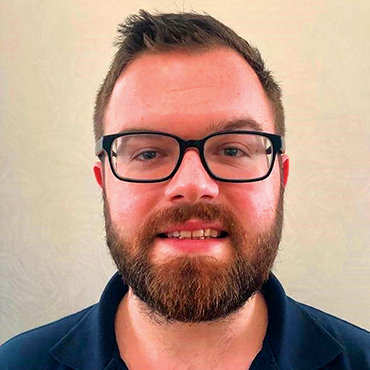
Dr. Martin Lawrence
Air Products, England, United Kingdom
Industrial processes are going through what has been called the 4th Industrial Revolution, or Industry 4.0, which is the application of modern digital technologies to drive improvements in productivity, efficiency, and environmental health and safety. The application of the digital tools associated with Industry 4.0 to Foundry processes is called Foundry 4.0. The tools associated with Foundry 4.0 have been applied to Secondary Aluminum Processing in the material melting step using Air Products Process Intelligence (APPI) platform. Technologies employed include increased use of sensors, wired and wireless data collection, cloud computing, remote data access, and real time model-based operator feedback. In this application we have used the details of the furnace and process data to create a Digital Twin of the rotary furnace process using physics-driven analytics. Using this Digital Twin, we are able to advise furnace operators how to run their furnace more effectively and provide real time feedback. Based on this feedback, one production site, for example, was able to reduce melting time by 5.7% (thereby increasing production) and increase the energy efficiency of the melting process by 15%, all while improving the aluminum yield (i.e. reduced oxidation). In this paper the principles of Foundry 4.0 applied to a rotary furnace will be presented along with example results and applications.
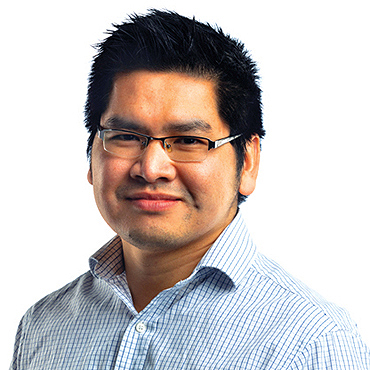
Nhon Q. Vo
NanoAL LLC, Skokie, IL
Alloy development, starting with the trial-and-error method, has advanced significantly, thanks to multi-scale computer simulations and high-throughput experiments. Recently with a vast amount of data generated from research and development and the advancement of the machine learning field, a powerful tool for alloy development has emerged. This work demonstrates how a particular machine learning program is embedded in the traditional alloy development workflow to shorten the timeline further, eliminate unnecessary experiments, and save cost. Furthermore, several material properties, which are complex and time-consuming to measure or calculate, can be predicted with high accuracy. In addition, the same program can be utilized to improve chemistry control and quality in production. Lastly, we outline current limitations, including data consolidation, to be addressed in the future to fully capture the power of machine learning in the aluminum casting industry.
Session Chair:
Benjamin Groth
ExOne, St. Clairsville, OH
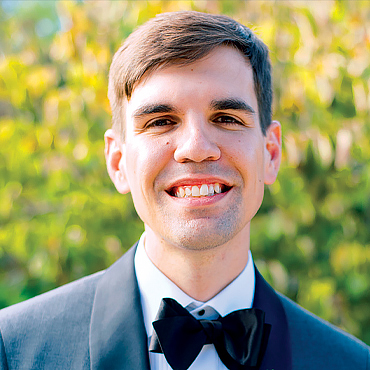
Ante Lausic
General Motors, Warren, MI
Die casting has benefitted from the explosion of additive manufacturing technologies and processes over the last decade. From inserts manufactured with complex conformal cooling channels inside to methodologies to repair and repurpose scrap or worn tooling, methods to improve uptime and reduce scrap are evident. Many feared that with continual growth and expansion in metal AM, that a day would come soon where it would begin to displace traditional manufacturing methods such as casting. This presentation will serve to summarize the current state of the art with metal AM production, the successes General Motors has been able to have, and the forward looking outlook of where the current ceiling sits for the next few decades.
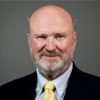
Tom Mueller
Mueller AMS, New Berlin, WI
After more than 20 years since it was first developed, printed sand has become the preferred method of prototyping sand castings. In the last several years, users have developed means of reducing the cost and increasing the productivity of printed sand molds. That combined with the ability to print complex cores enables printed sand to create castings that are impossible to cast using traditional sand-casting methods. This capability will allow sand casting to create topology optimized designs that most thought could only be done with metal additive manufacturing. However, creating them with printed sand is likely to be much less expensive and much faster than metal printing, especially for larger components. As weight-sensitive industries become aware of this new capability, large new markets could emerge for sand casting.
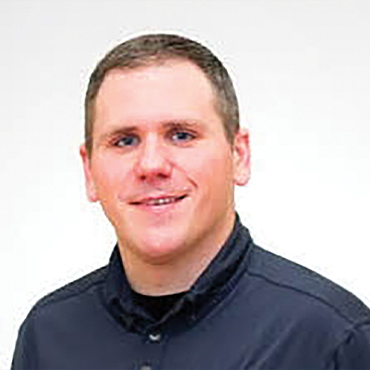

Sean Derrick and Dr. Sam Ramrattan
Western Michigan University, Kalamazoo, MI
A rapid molding technique utilizing a subtractive machining processes of a ceramic tile to achieve a near- net shape mold was developed at Western Michigan University (WMU). Using this process the final machined molds obtain excellent surface finishes in a short production times. Pouring molten aluminum from a ladle into the superior molds previously mentioned will causes turbulent flow that leads to the entrainment of oxide films and is a cause of casting defects. An improved approach in delivering molten aluminum was developed at WMU to avoid entrainment defects in aluminum castings. The main features of rapid molding and the direct, clean, quiescent, and true counter gravity filling of aluminum casting will be discussed.
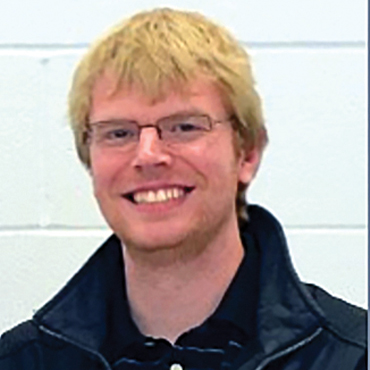
Session Chair:
Tony Lindert
Oshkosh Corporation, Oshkosh, WI
Panelists:

Rafael Gallo
Pyrotek, North Royalton, OH
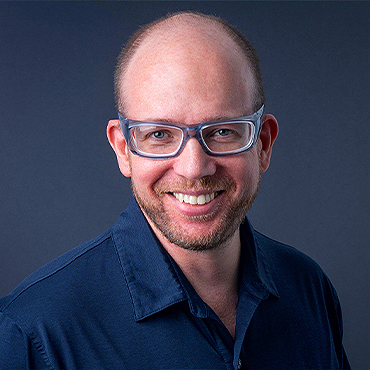
David Palmer
BRP-US Inc., Sturtevant, WI

Dave Weiss
Eck Industries Inc., Manitowoc, WI
- Examples of Defects
- Shrinkage, surface texture, non-conforming, etc.
- P-Mold What’s New?
- Application/basic procedures
- Panelist bring own defect cases
Brian Mull
WINOA USA, Plainwell, MI
This presentation and study will expose the different types of media available, their composition, their technical data as well as their advantages and disadvantages to help you in the best possible selection for your applications. Several solutions now exist to meet these increasingly popular and restrictive criteria. A useful presentation for all companies performing sand cleaning on aluminum parts, descaling of light weight metals, finishing and surface preparation before coating and painting.
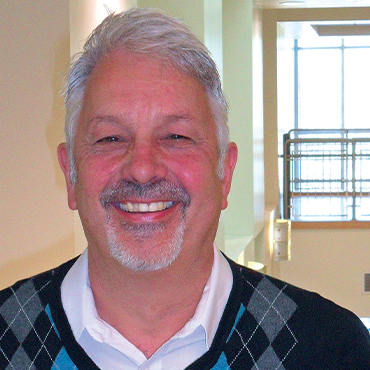
Steve Midson
Colorado School of Mines, Golden, CO
Porosity in aluminum castings can originate from several sources, including gasses entrapped from the atmosphere or from cores, dissolved gas (hydrogen), and shrinkage porosity. Traditional methods of identifying and measuring porosity in castings include 2D x-rays, sectioning and polishing, and Archimedes density measurements, but none of these provide a satisfactory quantitative estimate of the size, total volume and distribution of the pores. X-ray CT scanning is a relatively new method that involves the capture of a series of 2D x-ray images as the casting is rotated in front of an x-ray beam, and software used to reconstruct a 3D image of the porosity. This allows the generates not only a 3-dimensional view of the size and distribution of the pores, but can also provide quantitative information of the volume, surface area, size, shape and position of each pore within a casting. This presentation will introduce the CT scanning process and review the type of quantitative data that can be generated from CT scanning of a sand casting, a die casting and a semi-solid casting. In addition, results from a preliminary study will be presented where information generated from CT scanning was used to attempt to identify the source of porosity in a sand casting.

Dave Weiss
Eck Industries Inc., Manitowoc, WI
The use of standards and standard practices is ubiquitous in industry. In aluminum metal casting, most are familiar with material specifications from the Aluminum Association, ASTM or AMS and practice standards for non- destructive and destructive testing from ASTM. In the casting industry there are few practice standards for common foundry activities that we do every day, such as reduced pressure testing to estimate levels of hydrogen in the melt. While there have been many papers published by AFS and others, there is no uniform standard that can be used for training or to achieve consistency of results. This presentation discusses efforts underway by the technical committees of AFS to establish such standards relevant to the casting industry.
O’Fallon Casting
600 Cannonball Lane
O’Fallon, MO 63366